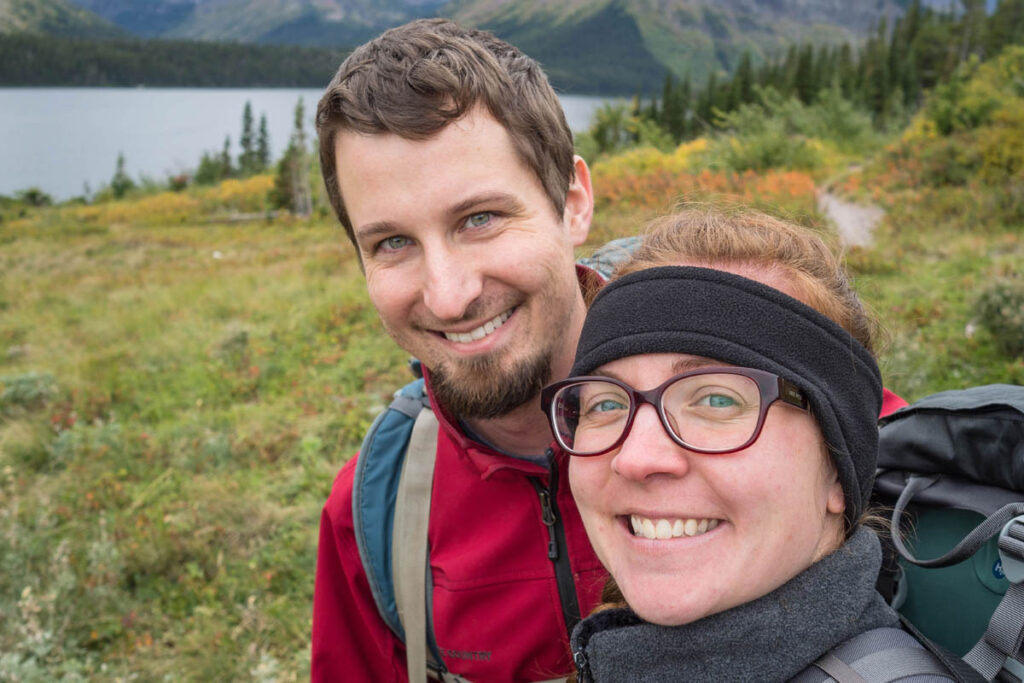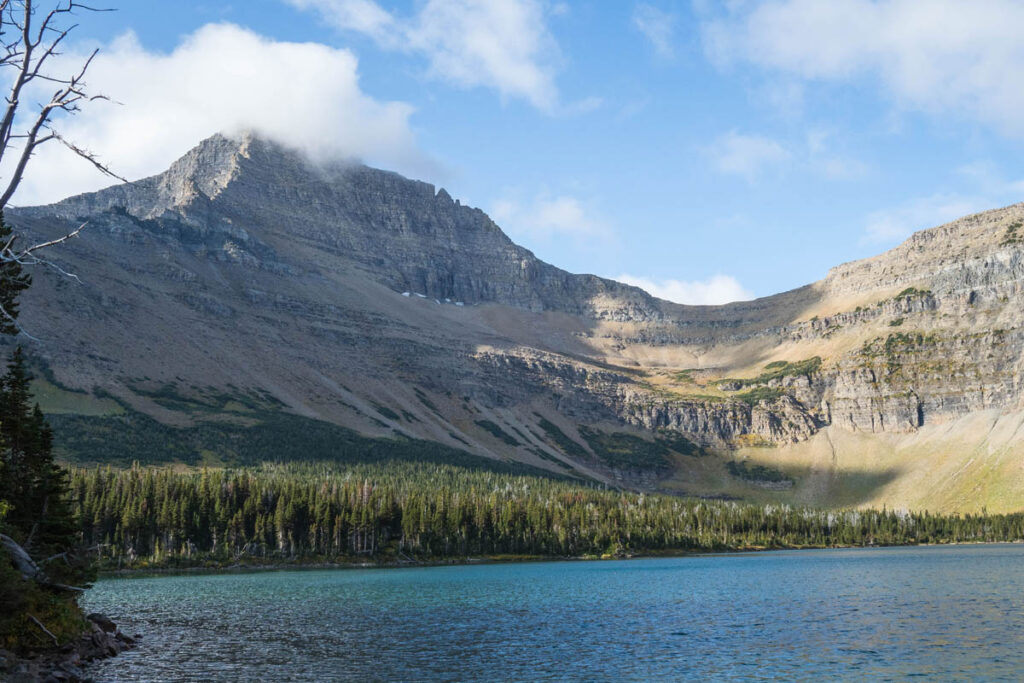
If you want to plan a backpacking trip, you’re in the right place. In the past couple of years, Jonathan and I have had a blast hiking and backpacking at different national parks in the U.S. As we’ve shared about our hiking adventures, people have asked us how to plan backpacking trip.
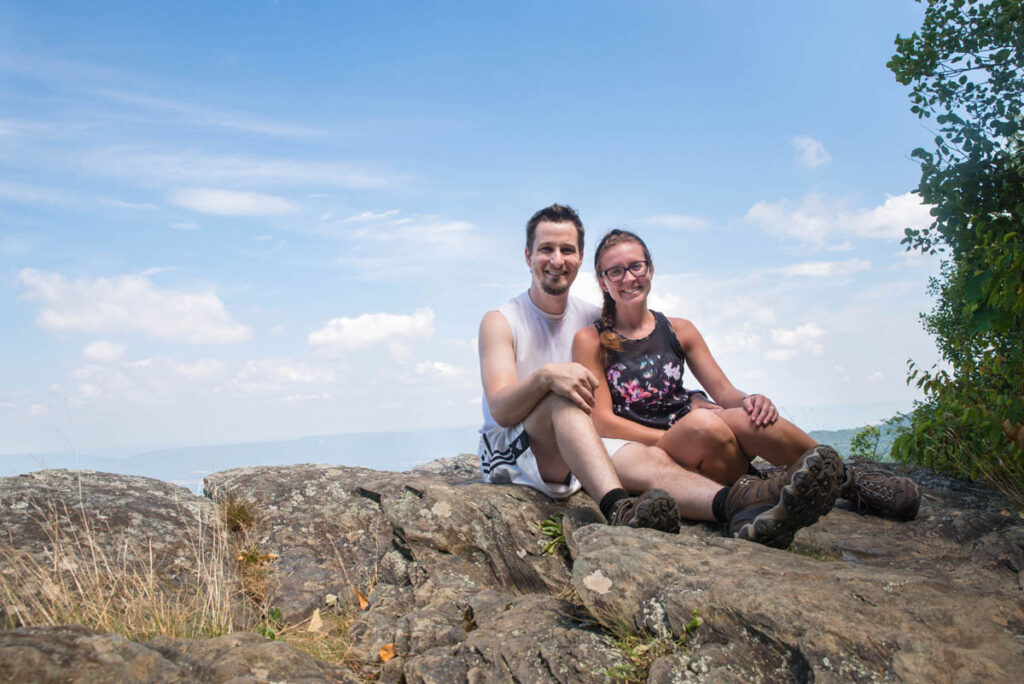
Because we’ve enjoyed our backpacking trips so much, we are aiming to hike in 4 national parks in 2022 including Grand Canyon National Park, Zion National Park, Bryce Canyon National Park, and Glacier National Park.
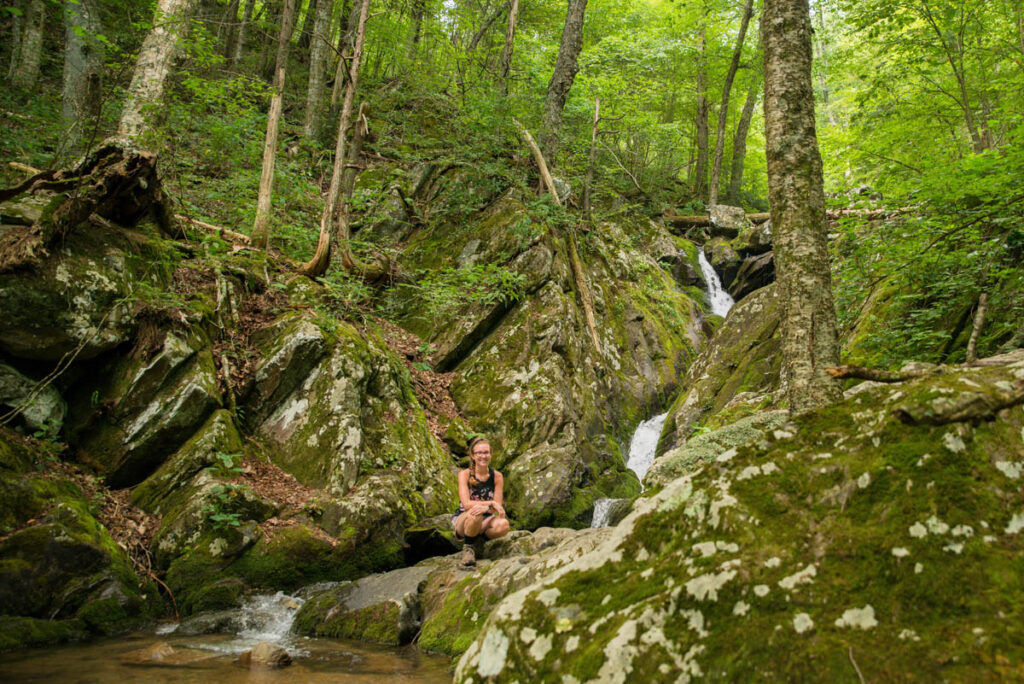
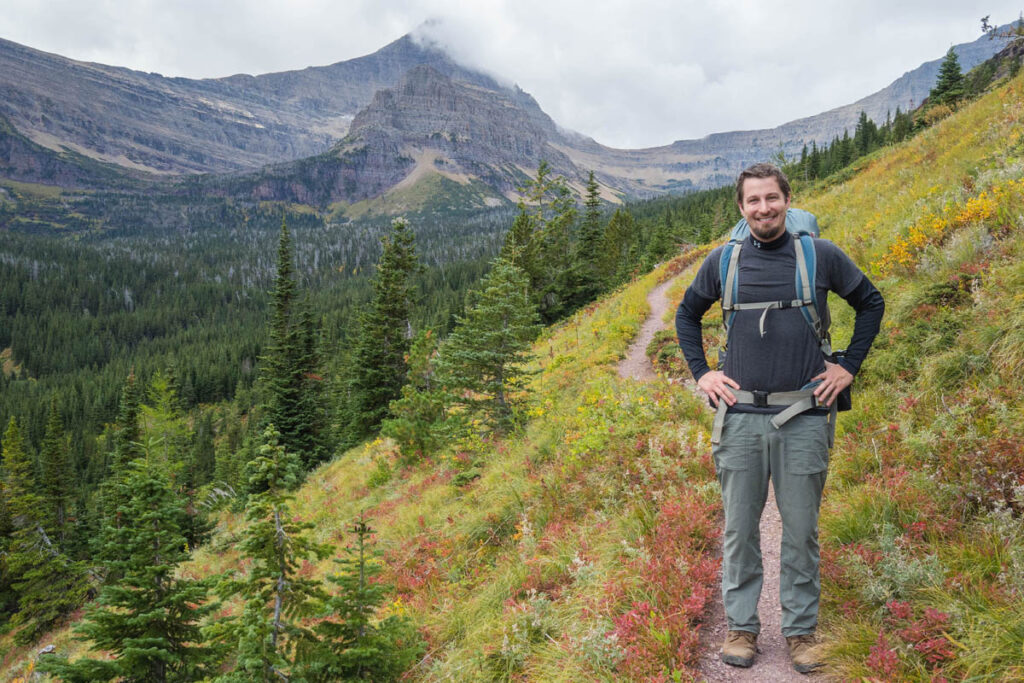
How to Plan For a Backpacking Trip
Here are our 8 steps to for planning an epic adventure.
- Pick the National Park you want to visit.
- Decide if you want to do day hikes, multiple day back-country hikes, or a mixture.
- Learn to pack for a hike.
- Plan the hike.
- Book your trip.
- Workout.
- Communicate where you’ll be.
- Have the best hiking adventure.
Let’s dive into each step!
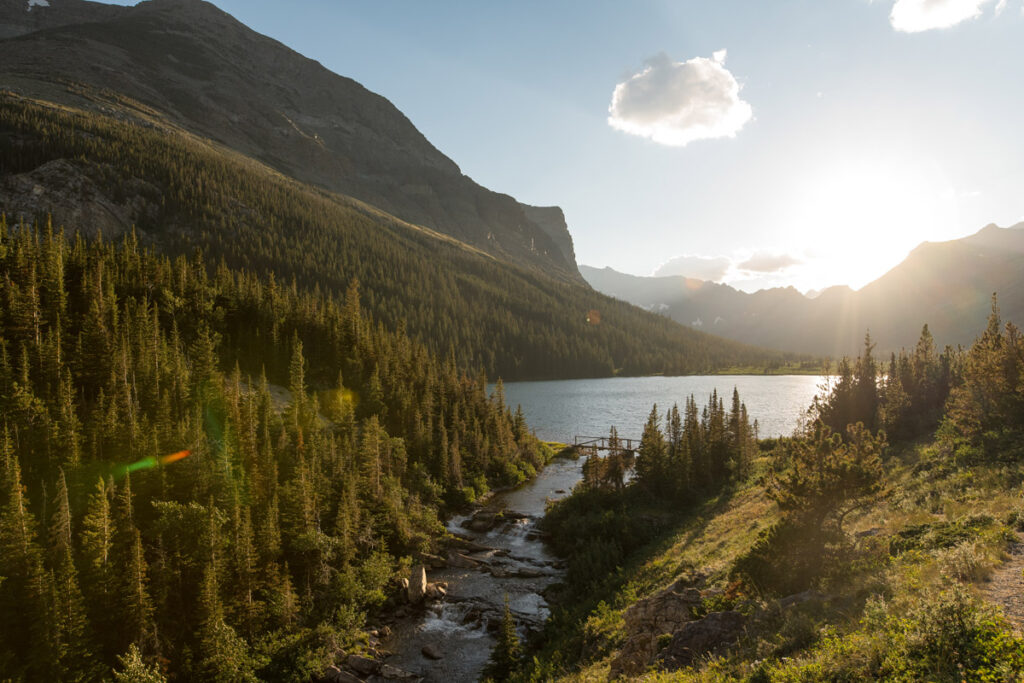
Step 1: Pick the national park you want to visit.
Thankfully the National Park Service has you covered when you plan a backpacking trip. You can see what national parks are in each state here. Once you find the park you want to visit, it is a good idea to visit the website for that specific national park to see when it’s open to decide on dates. The National Park Service keeps their websites updated when it comes to weather conditions and park maintenance.
Something to keep in mind is that some parks are only open certain months due to weather conditions. For example, Glacier National Park has the majority of its trails open from July through early September, but can have heavy amounts of snow blocking trails during other months. Grand Canyon National Park is open during its hot summers, but hiking there can be very dangerous during summer months.
Step 2: Decide if you want to do day hikes, multiple day back-country hikes, or a mixture.
This helps determine how long your trip will be. We usually plan between 7-10 days and do a mixture of back-country packing with a couple of day hikes and a rest day. Our back country hikes are usually 4 days, 3 nights but we have cut hikes short in the past when needed.
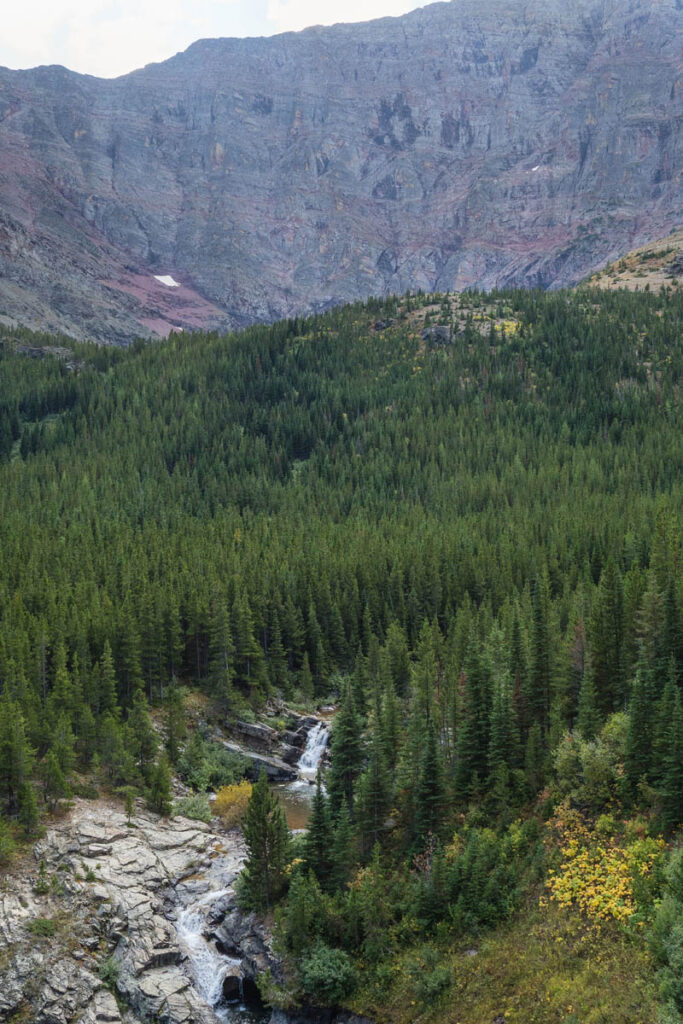
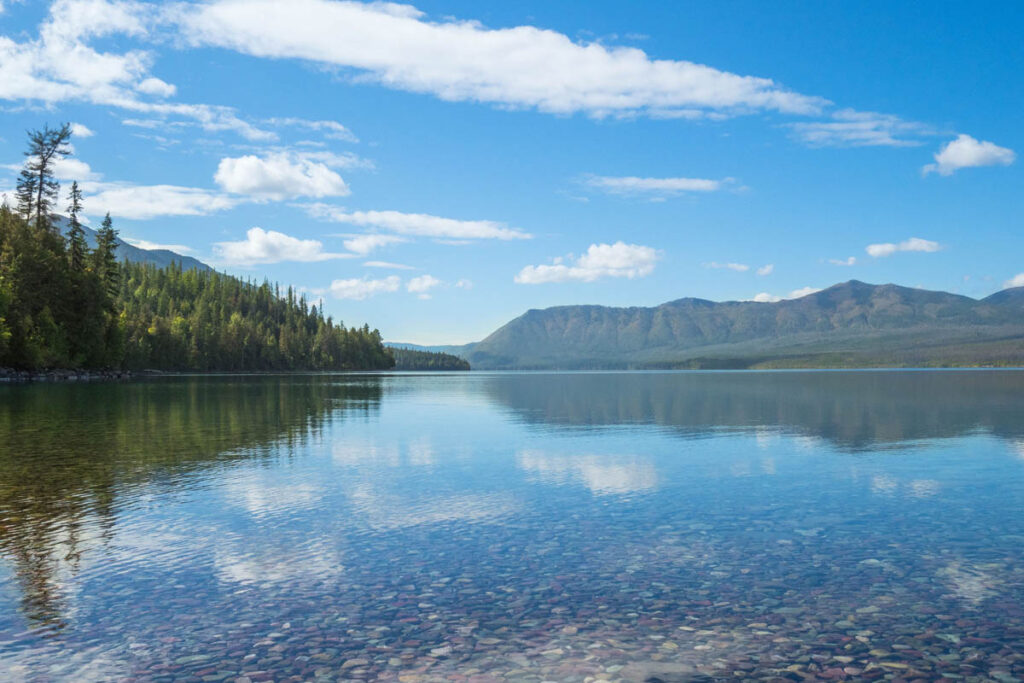
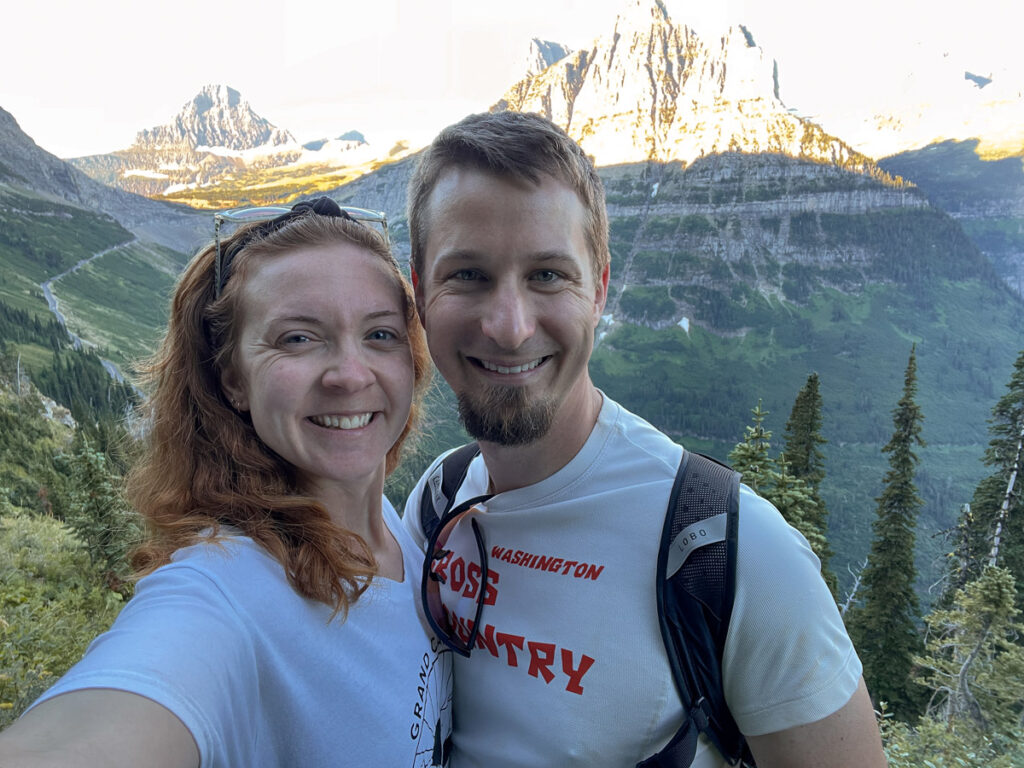
It’s wise to start your trip off with a day hike or two to warm up your muscles and get used to elevation changes. From there, you can jump into a multiple day back-country hike. This helped us in 2021 to minimize discomfort and feel our best.
Step 3: Learn to pack for a hike.
Once you decide how long your hike will be, this will help you know how much to pack. No matter how much hiking you’ll be doing, you’ll want to be sure to pack light. Packing light means two things. 1. Pack things that are light in weight. 2. Don’t pack more than you need.
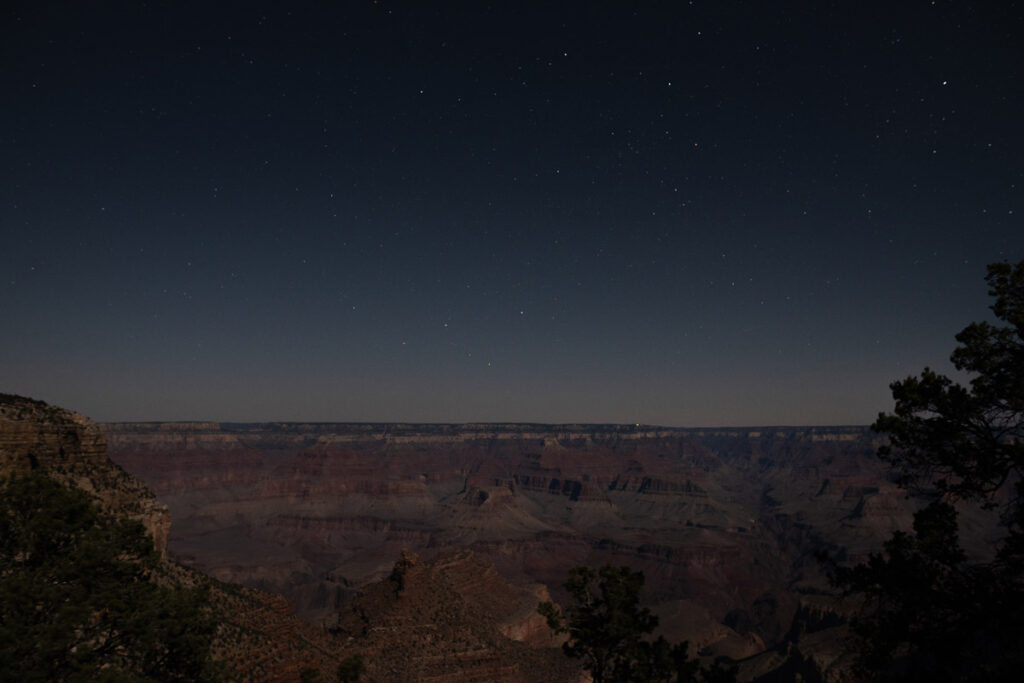
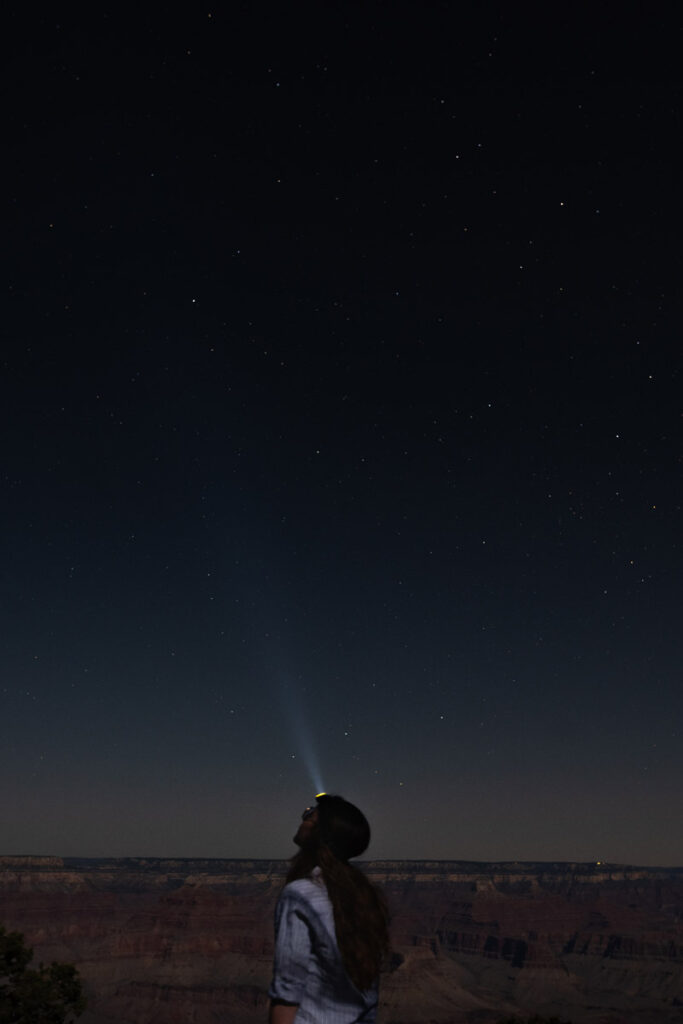
Here is a packing list that we refer to each time we are planning a trip and start packing.
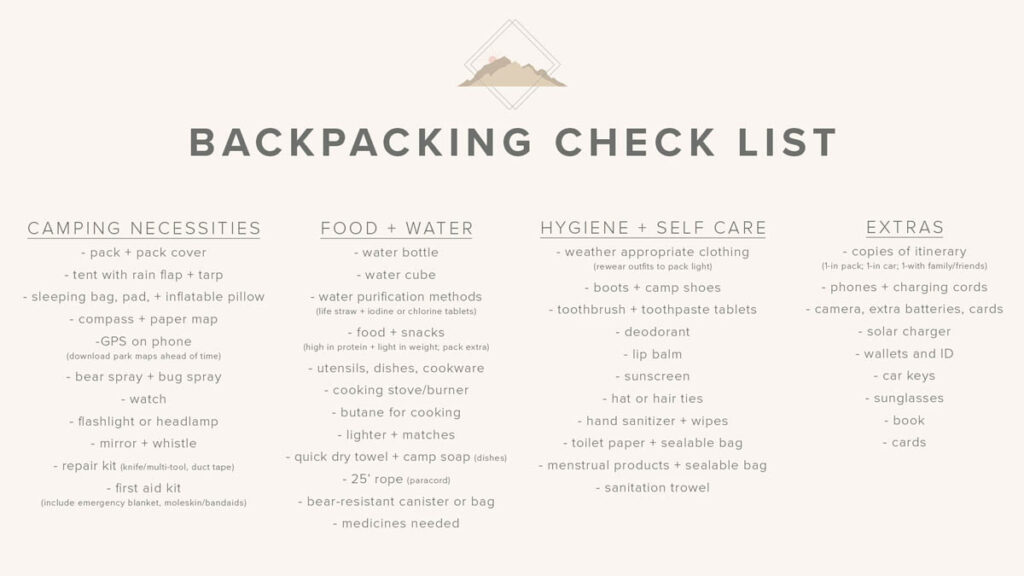
If you don’t have lightweight gear, we would advise purchasing some. We made a few purchases for our first big trip in 2019 and we use those items for multiple trips each year. They are useful! If you aren’t sure where to start, REI has some amazing products and many helpful videos on YouTube.
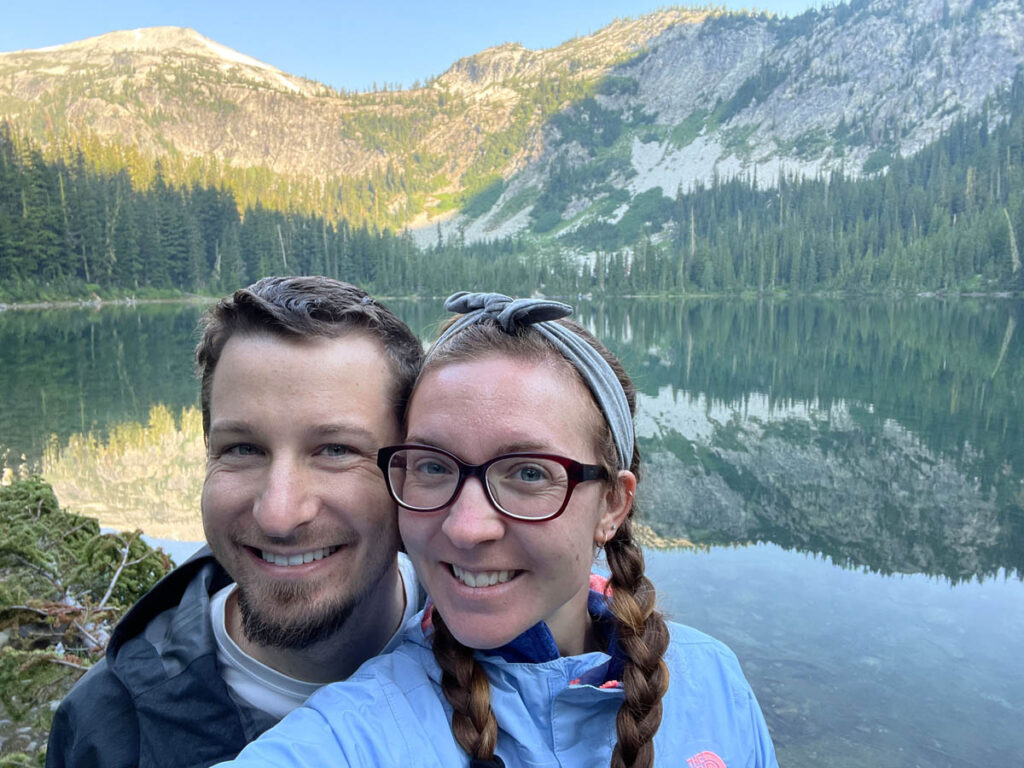
When you’re in the mess of making a packing list and gathering everything up, be sure to practice pack your things to make sure everything fits. The worst thing is trying to get everything to fit the night before your flight. We know from experience.
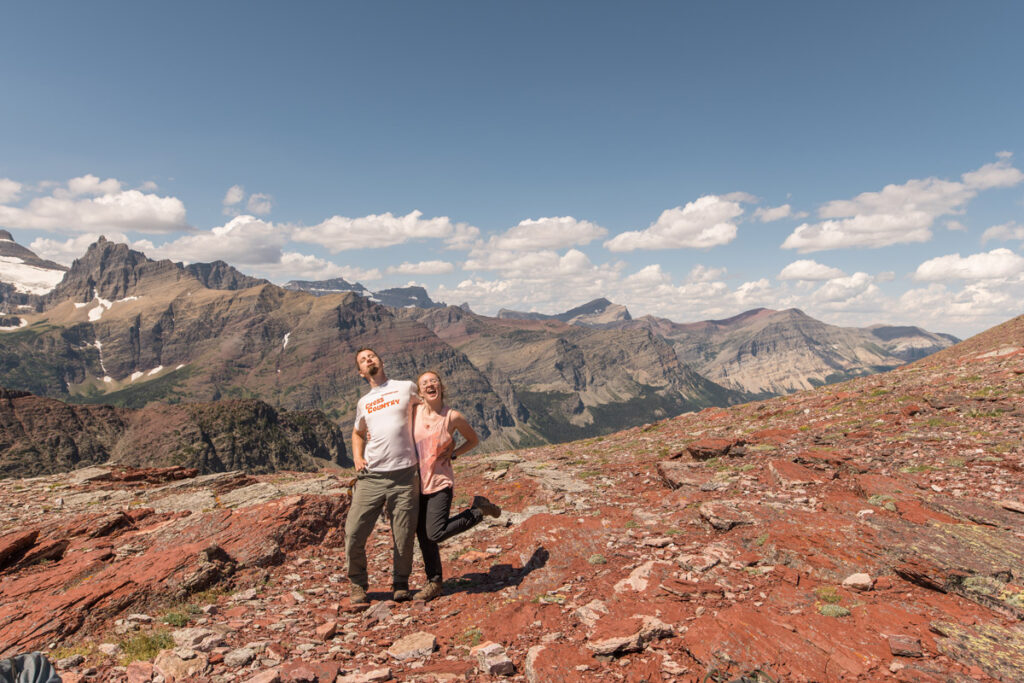
Part of the reason you want to do this early is because you need to weigh your pack. If it is too heavy, you’ll be miserable. Jonathan weighs around 175lbs and his pack is usually 25-27lbs (including water). I weigh around 115lbs and my pack is usually 20-23lbs. You want to aim for your pack to be less than 20% of your weight.
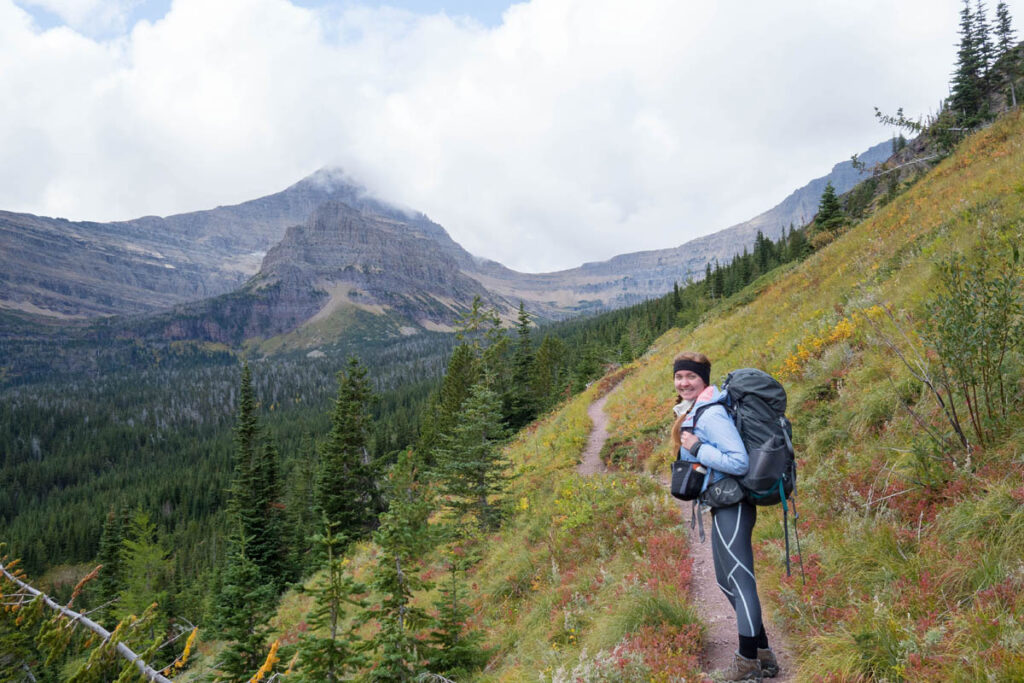
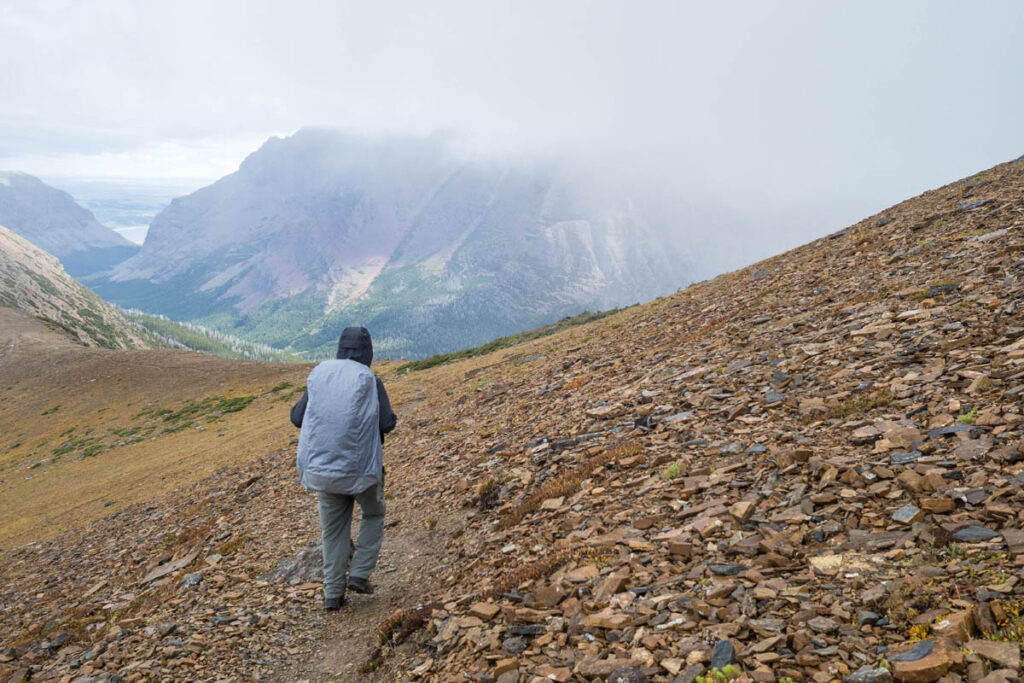
Step 4: Choose your hikes when you plan a backpacking trip.
Jonathan spends a few days pouring over a map of whichever national park we are planning to go to and refers to All Trails as well as Hiking Project. This helps us gauge the best hikes for us when we plan a backpacking trip. We take into consideration the mileage, the elevation changes each day, water sources, looped trails to get us back to our car, as well as scenic spots.
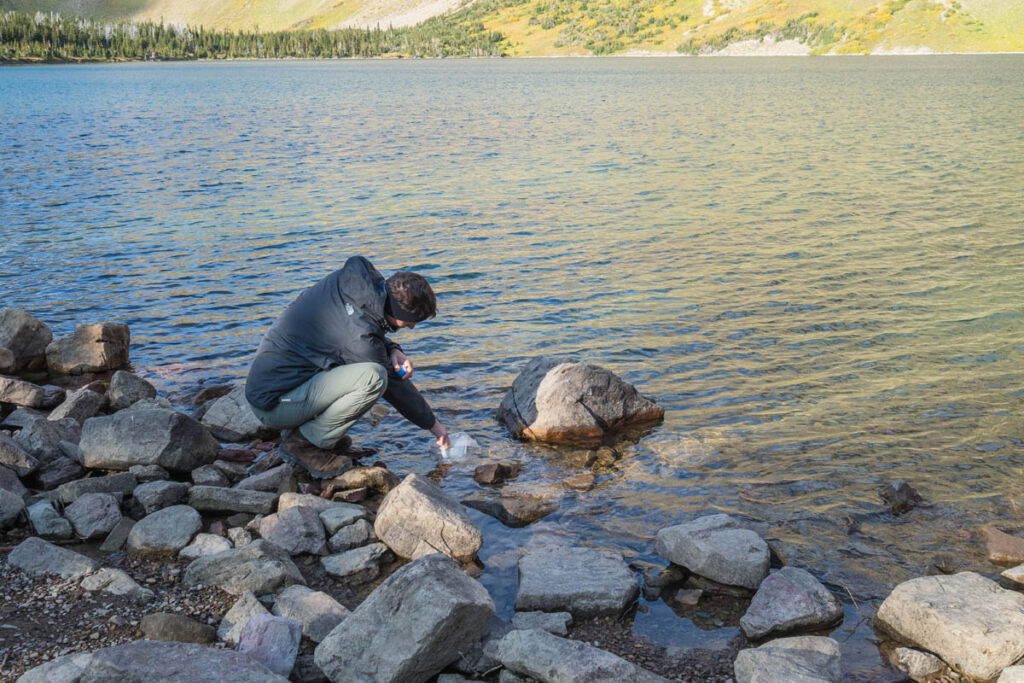
In the past, we’ve had to cut our hikes short, but with intentional planning, we choose hikes where, if we need to, we can do this and make it back to our car. Something else to take into consideration is the weather in the park you are going to visit this time of year.
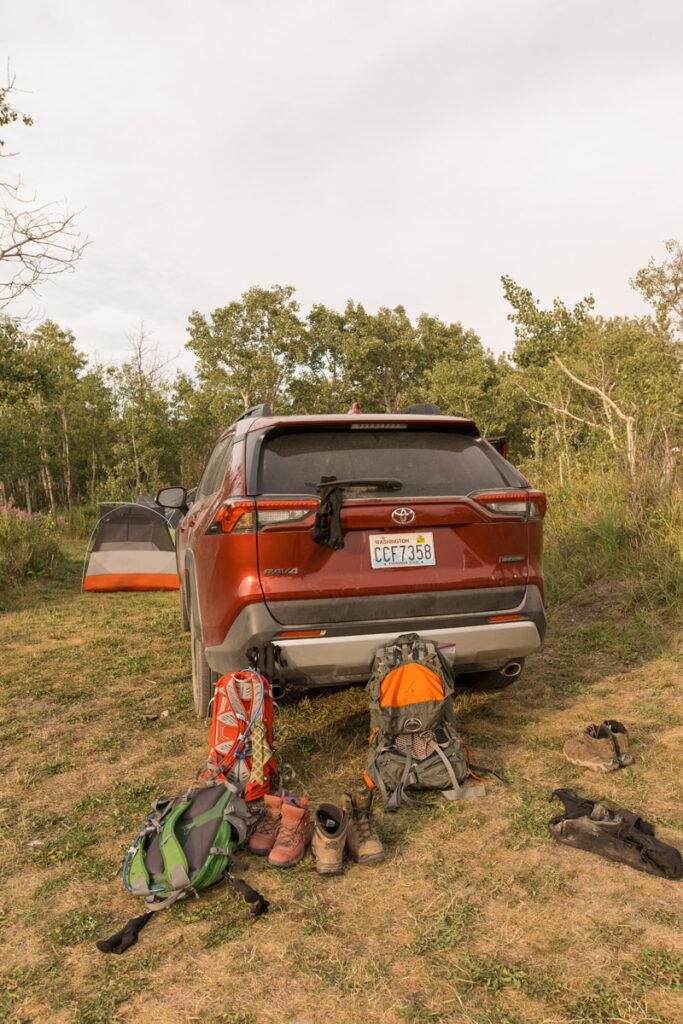
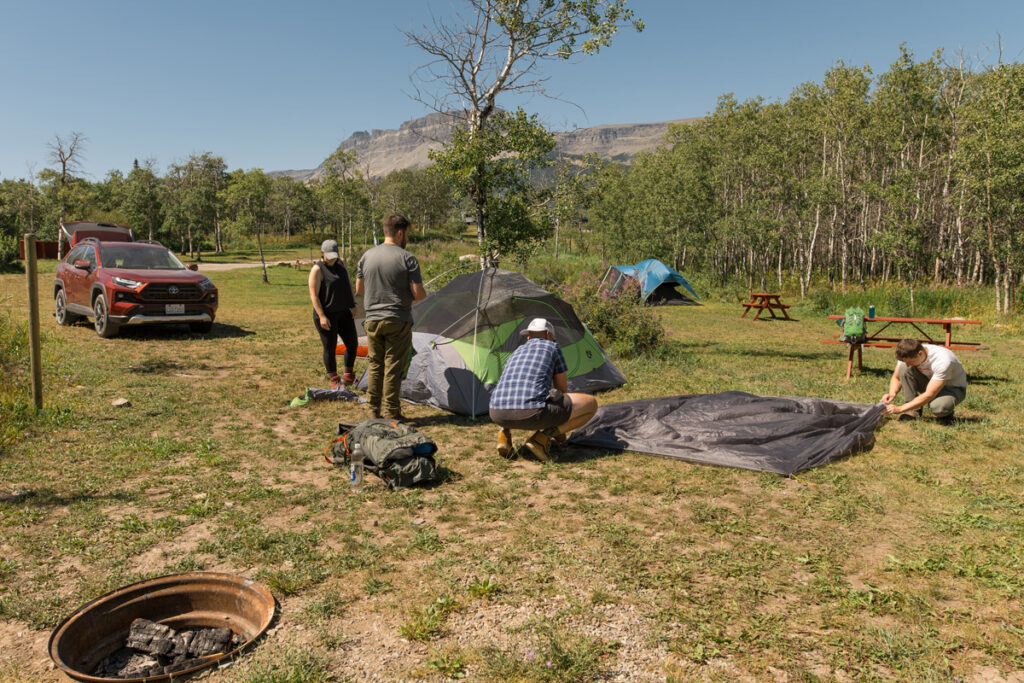
For example, we were camping in a spot in North Cascades National Park in 2021 in the middle of a stunning valley. It would’ve been the perfect spot in the fall, but in the summer, this was mosquito haven. Pay attention to those things and read reviews from people hiking those routes around the same time of year as you will be going.
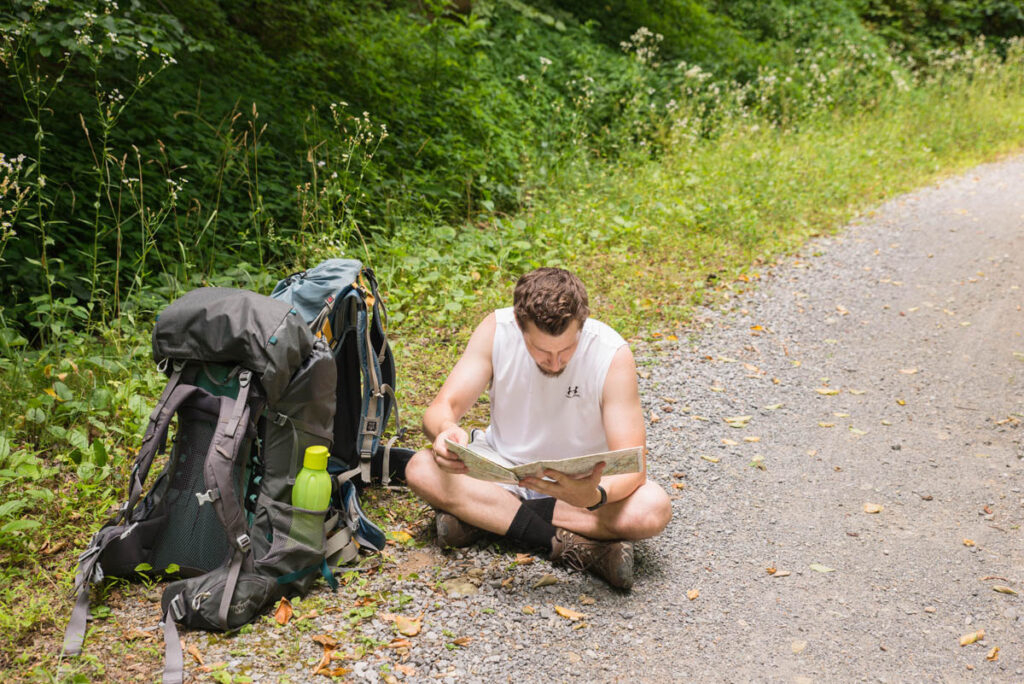
Step: 5: Book your trip.
After you plan, it’s time to book flights, get your backcountry pass, reserve camp sites, book Airbnbs, snag a rental car, etc.
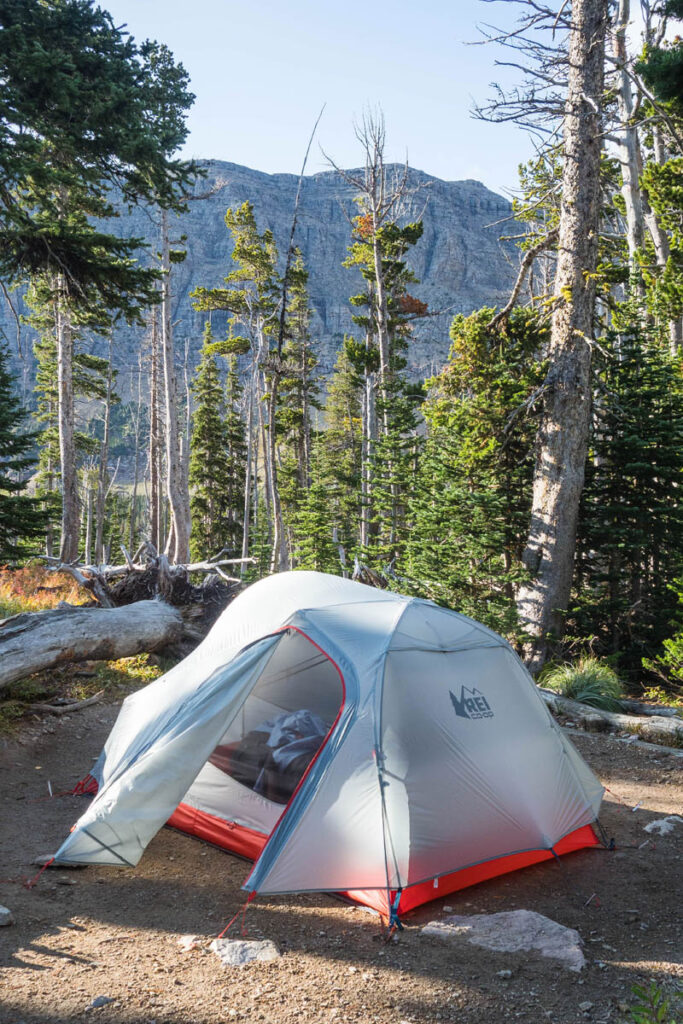
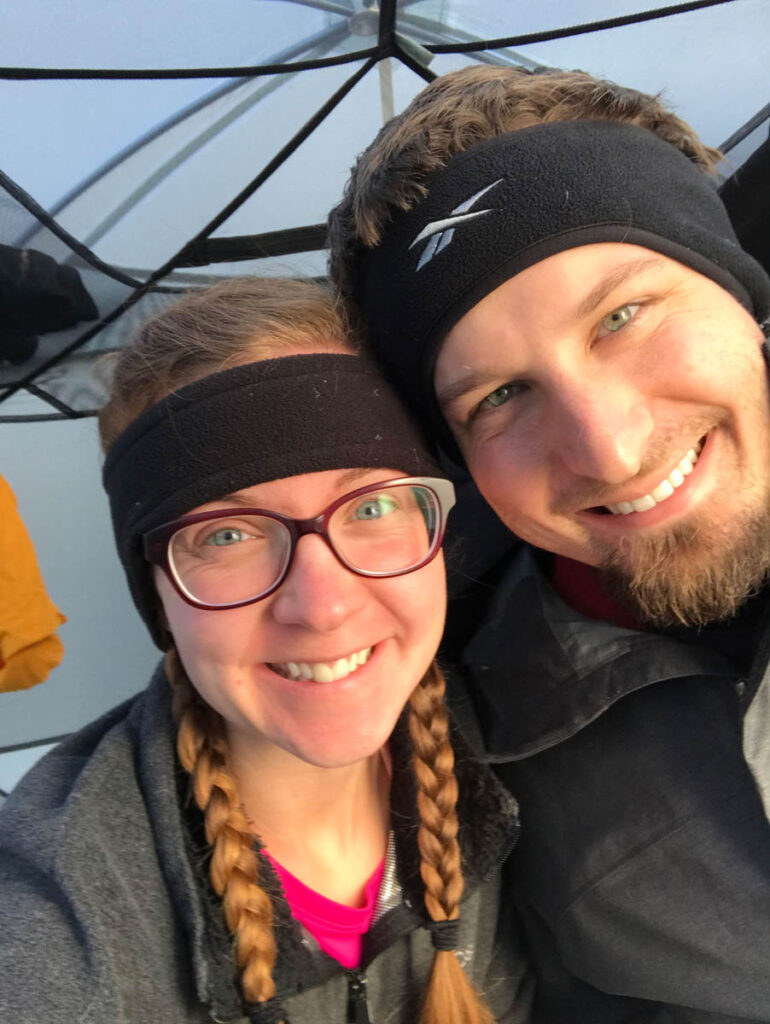
When we are booking flights, we use an app called Hopper. It alerts us to flight deals and predicts trends in costs for flights. We go to the airline’s website to book, although you can book directly through the app too.
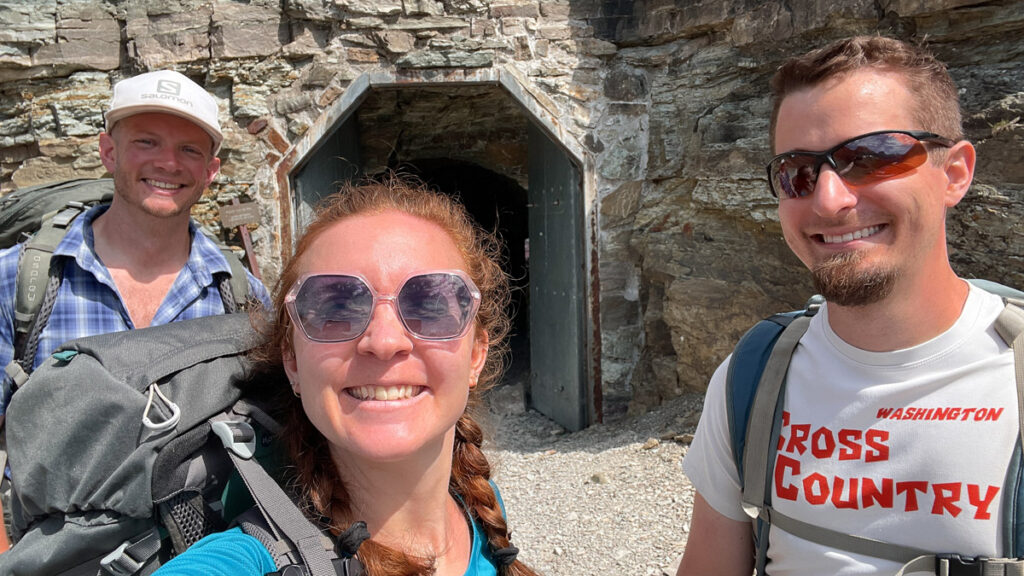
If you’re camping, you’ll want to reserve campsites and get your back country pass as soon as you can. With an increase in people enjoying the outdoors, some parks have to limit visitors for people’s safety and to protect the park, plants, and animals. Visit the National Park Service website of the park you will be at so you know when you can reserve a space.
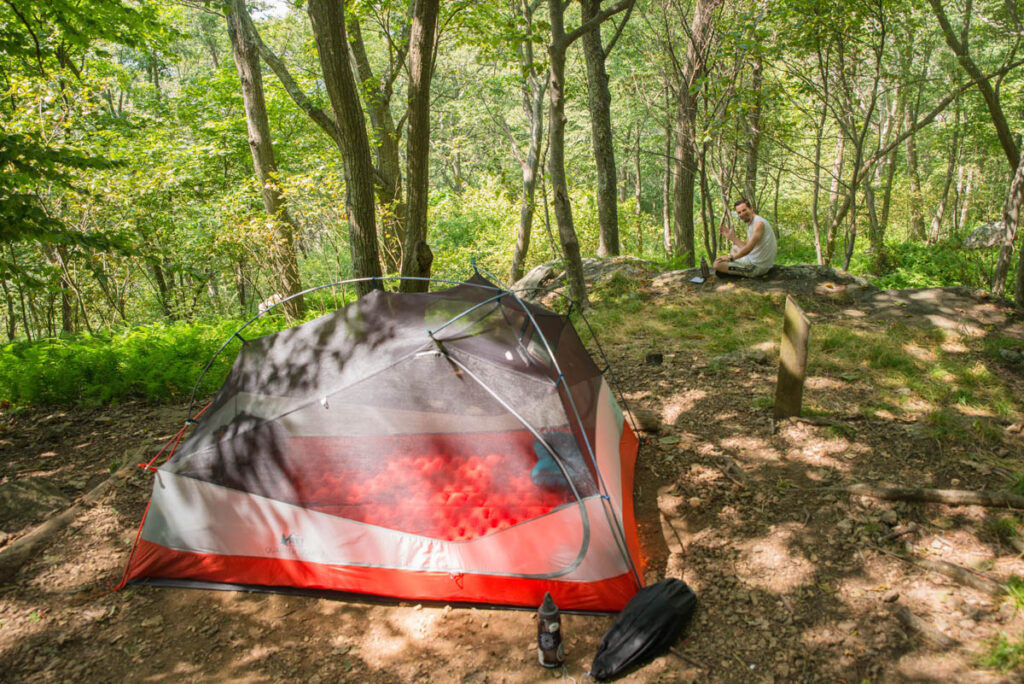
We love staying at fun Airbnbs for our trips between campsites and we 10/10 recommend it! Staying at an Airbnb means a tasty meal at a local place, a nice shower, indoor plumbing, and doing laundry. It will be the best meal, best shower, and happiest you’ll ever be doing laundry—trust us.
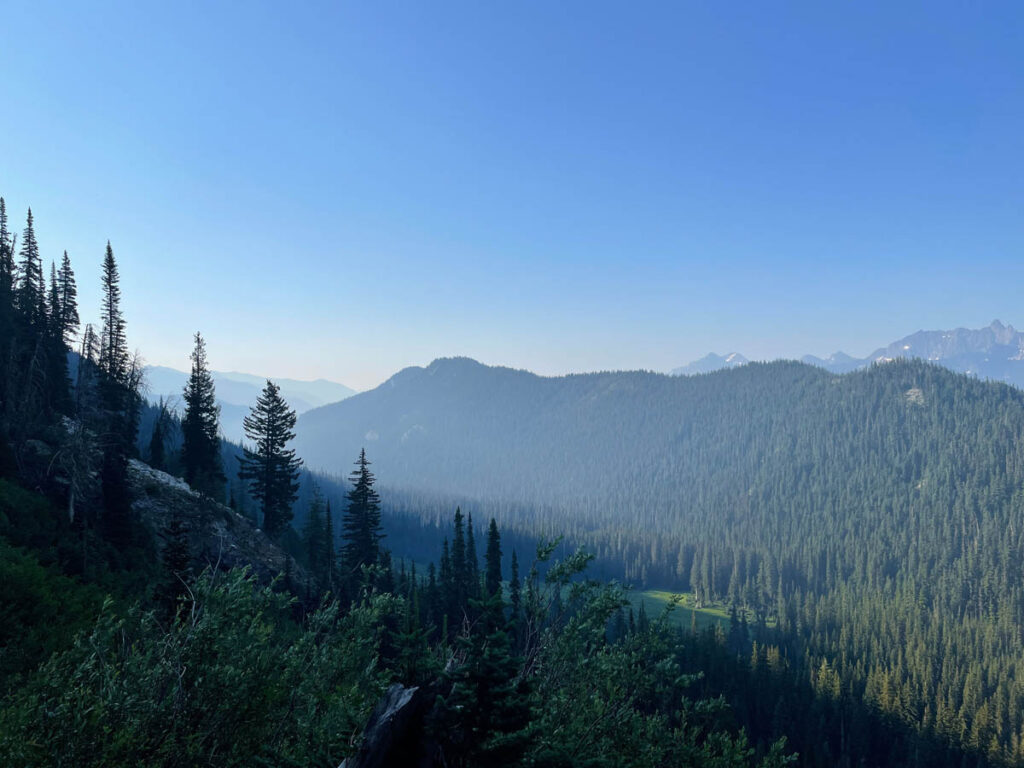
Step 6: Workout.
Yes, you are going to want to prep your body for a backpacking trip. The most important parts to focus on are cardio and legs. Running, walking, small hikes in your local area, and stairs are all excellent ways to get your legs, knees, and lungs ready. Practice with some small weights and carrying your pack too. Or lift weights to work on your shoulder muscles/back.
During this time, you can also break in your boots if they’re new because blisters are miserable. When I first got my boots I wore them on walks, during workouts, and everywhere I could, and I have no regrets. If you’re looking for hiking boots, Jonathan and I both got Oboz hiking boots. We love them and wear them hiking around Indiana, walking in our neighborhood, and up mountains in the PNW. They are comfortable and, as a bonus, for every pair purchased, a tree is planted.
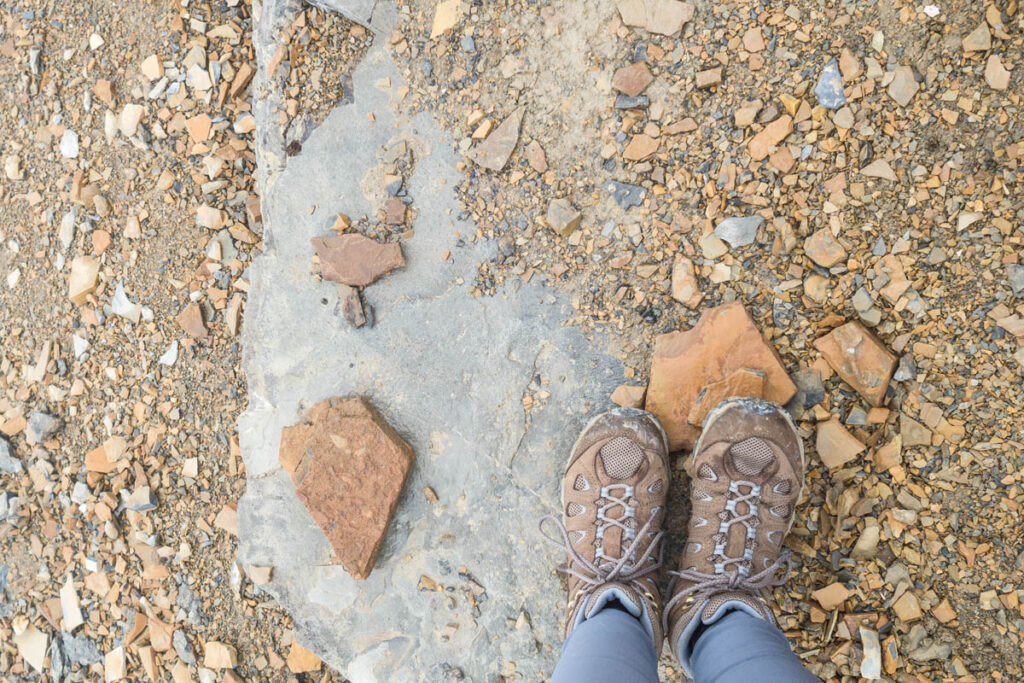
Step 7: Communicate where you’ll be.
Let others know where you’ll be and for how long. Give them a small trip itinerary even. We do this for every trip we go on. There are risks to hiking and this sort of outdoor adventuring so letting people know where you’ll be and how to reach you is a good thing.
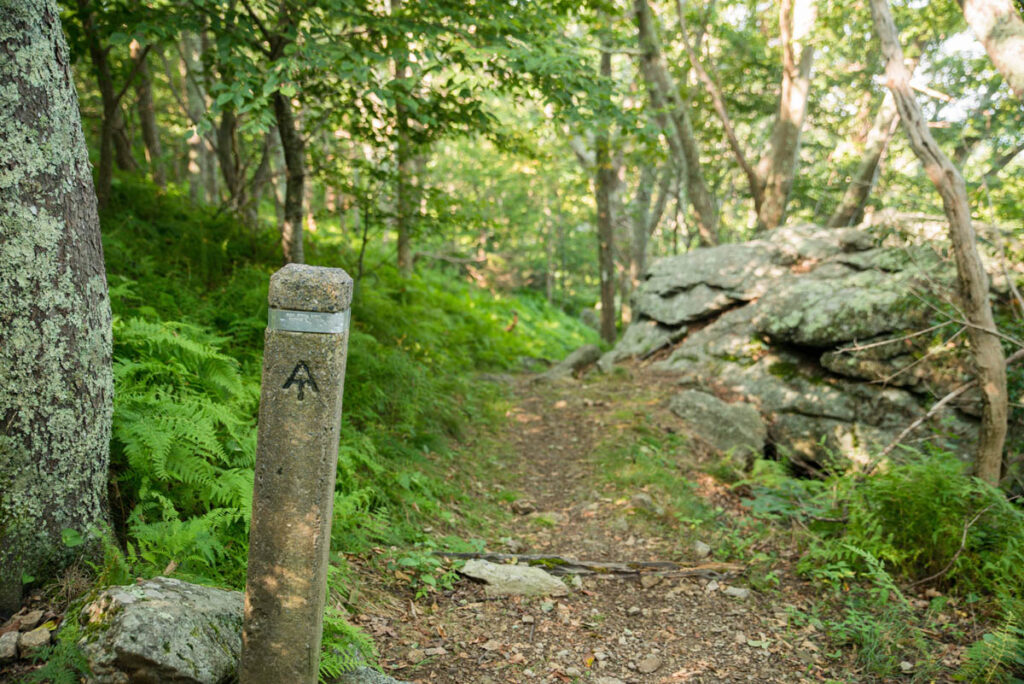
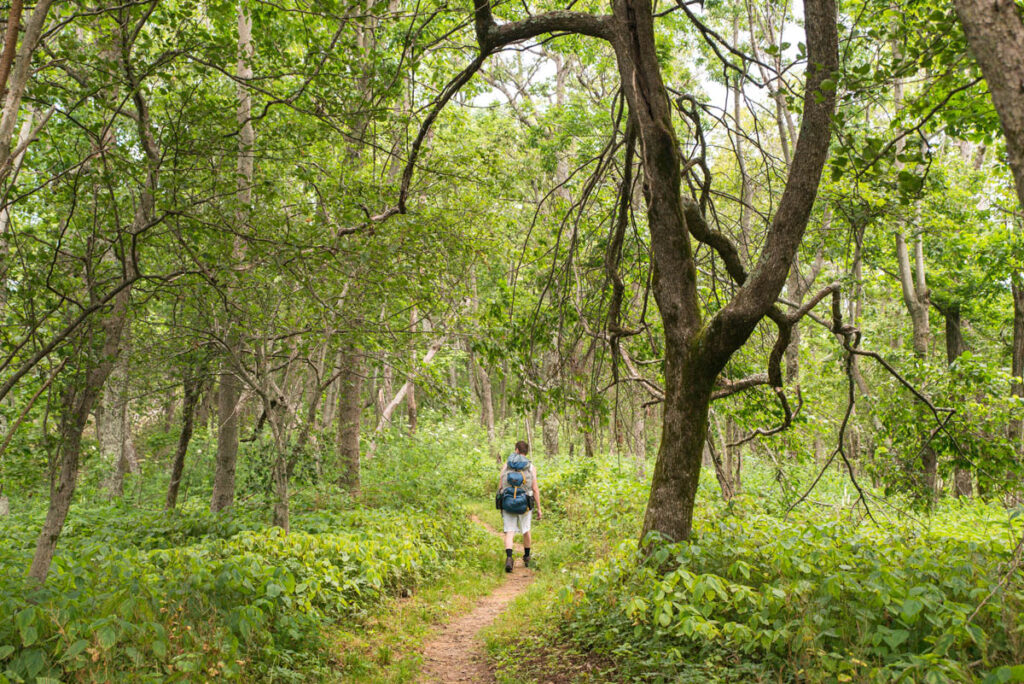
Always be careful when you are going on trips like this—stay on trails and take safety seriously. Keep your distance from animals and do not feed them. Remember this is their home and you are a visitor.
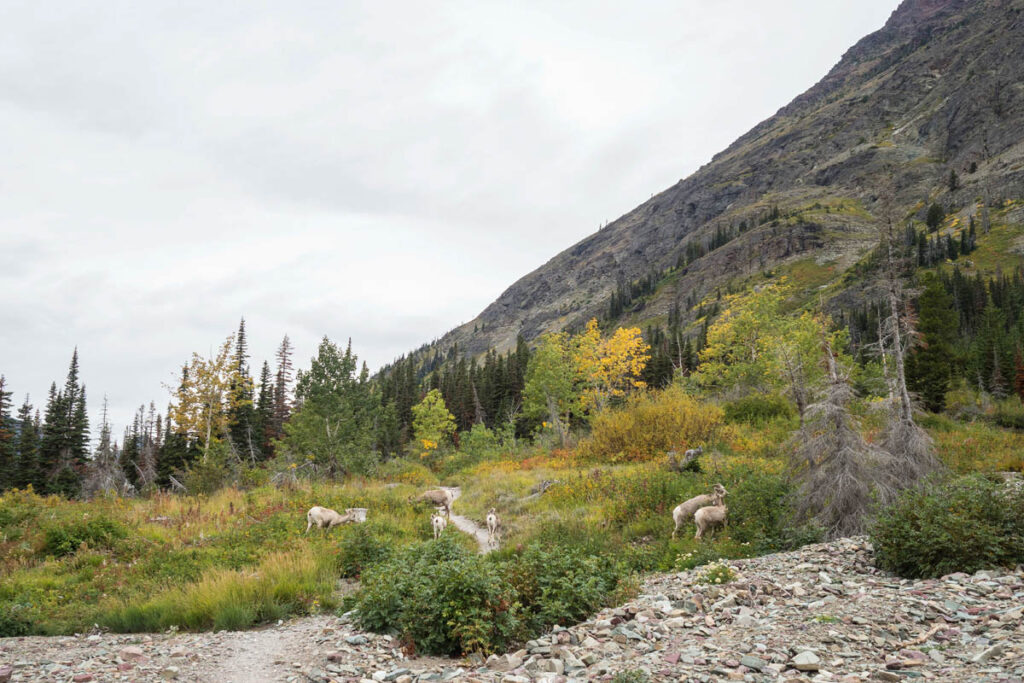
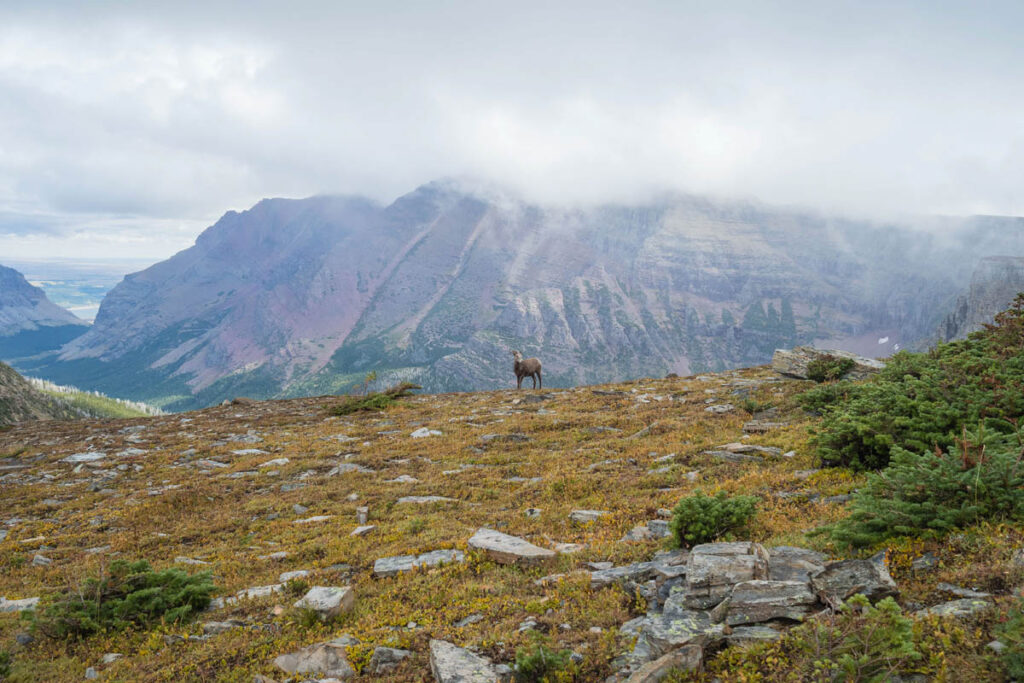
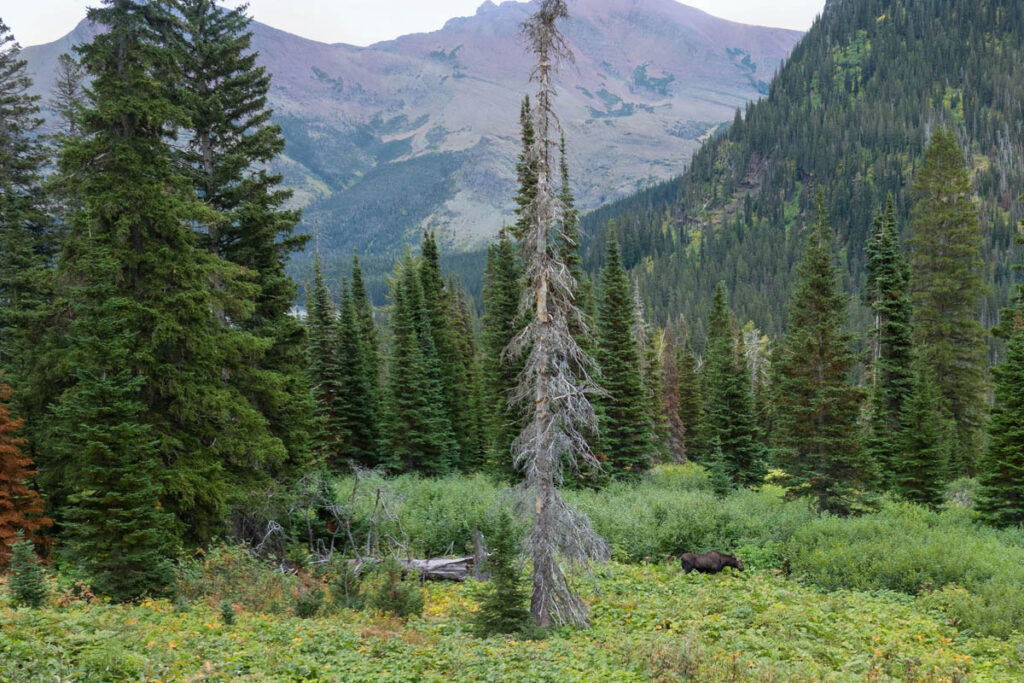
Step 8: Have the best hiking adventure!
This goes without saying. Be sure to have fun and if you want to book a hiking adventure session, reach out to us! Jonathan and I love meeting people, hiking with them, and taking photos of their adventure. It’s the best.
Plan a Hiking Trip
As always when you are in nature, be sure to pack everything out that you brought with you and leave no trace. These beautiful outdoor locations are places that we share with wildlife and plants and they should be kept pristine.
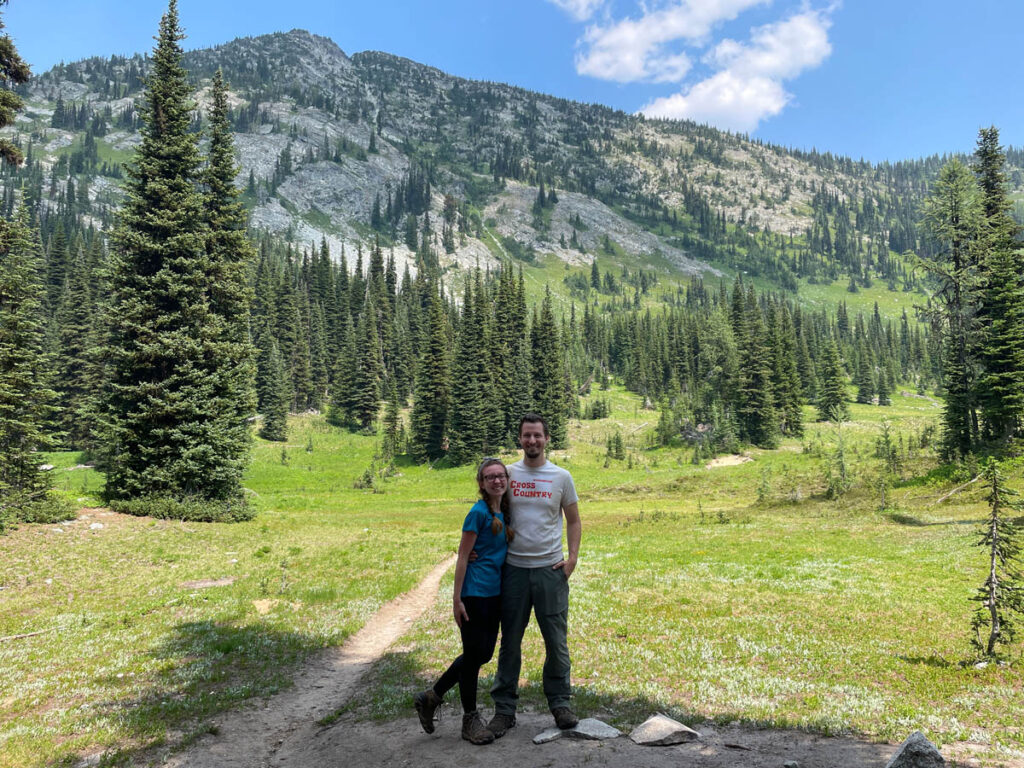
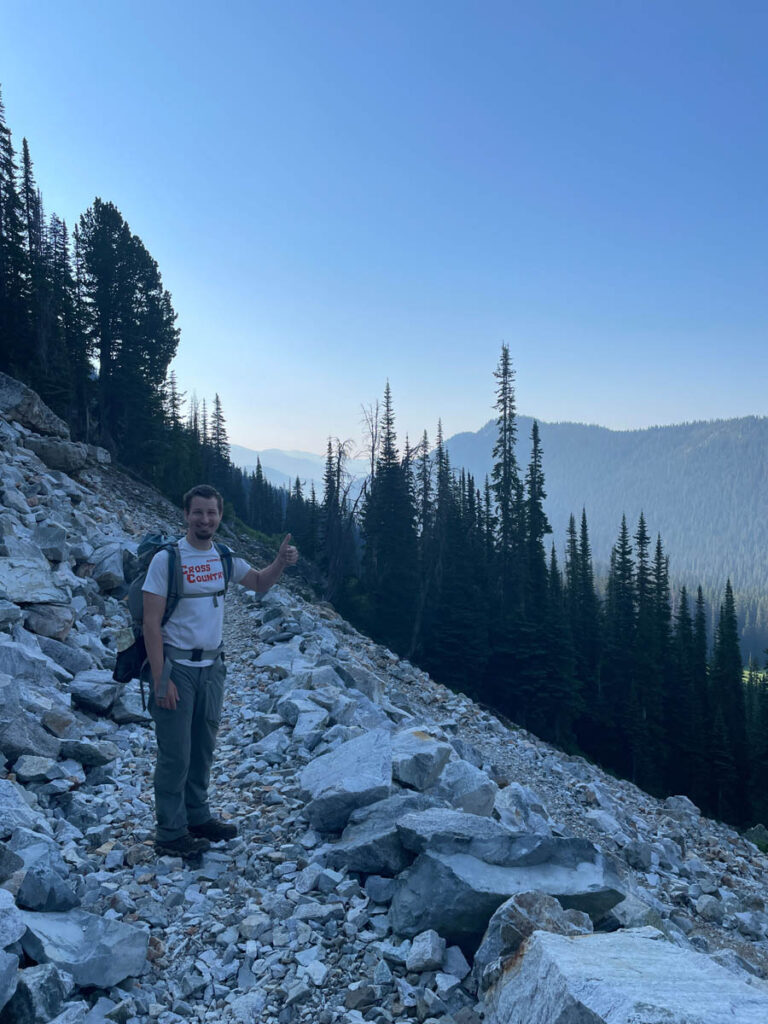
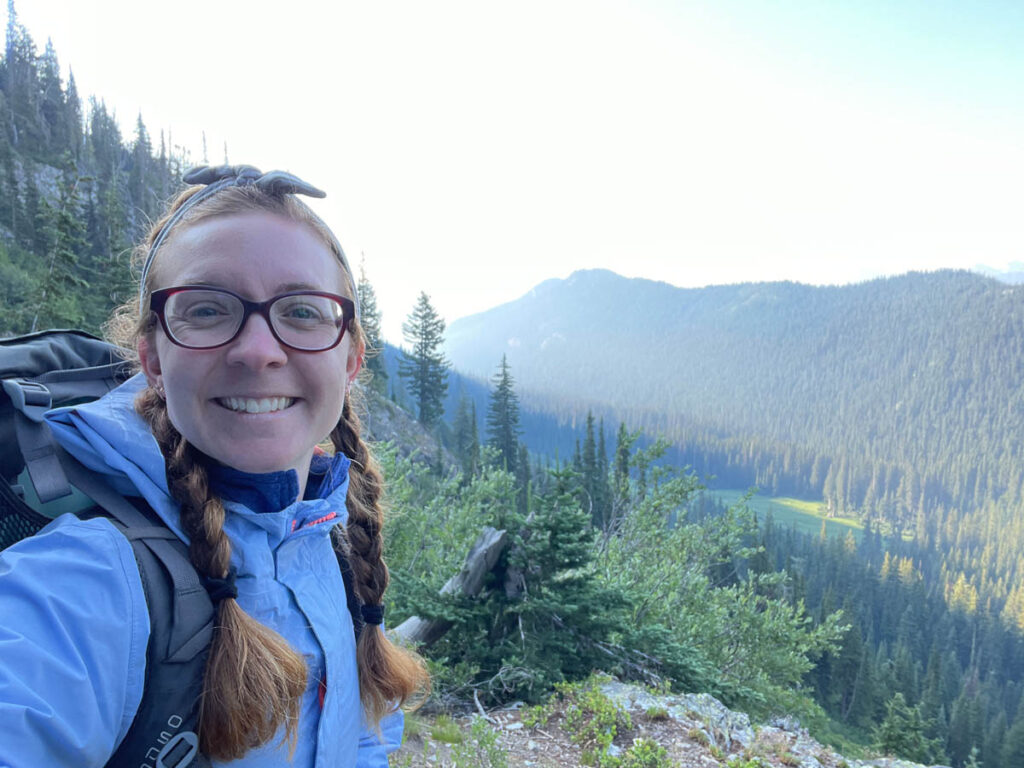
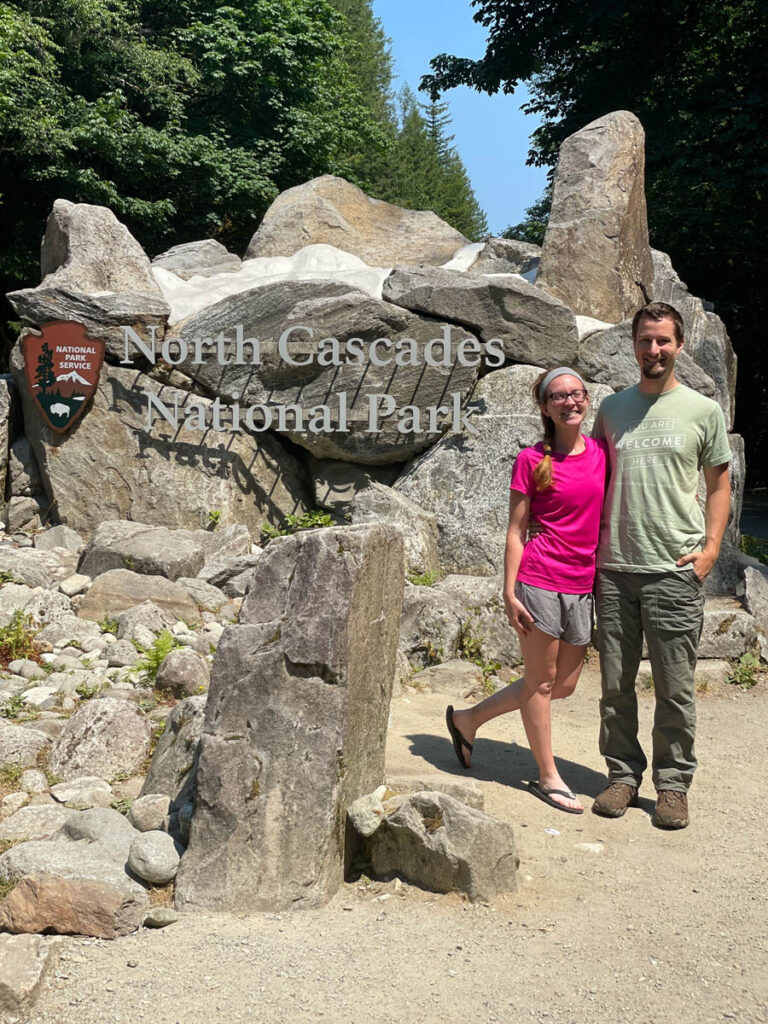
There is nothing wrong with having fun, exploring, and capturing memories in these amazing outdoor spaces, but stay on trails and in marked areas so you do not harm the environment and animals that are around you.
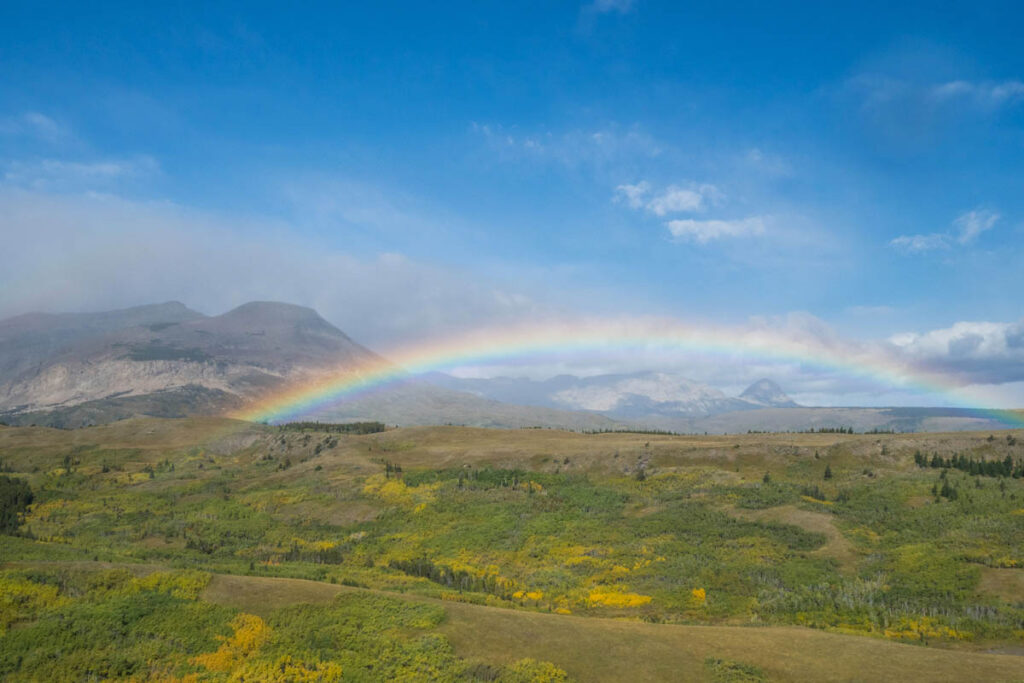
Be kind and leave the Earth better than how you found it. For more information about Leave No Trace Principles to make sure you are respecting outdoor ethics, visit their website here.
And if you ever have questions about this sort of thing, please reach out to us! We don’t know everything and we’re always learning, but we would love to learn with you and share information that we have about things regarding sustainably living, leave no trace principles, gear recommendations, and backpacking.
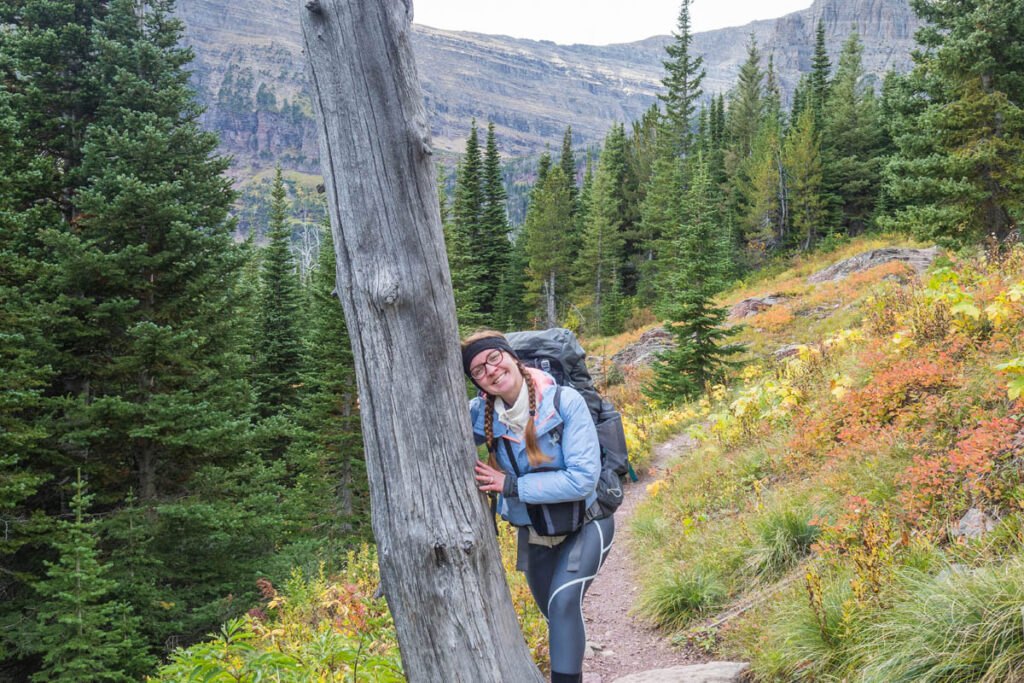
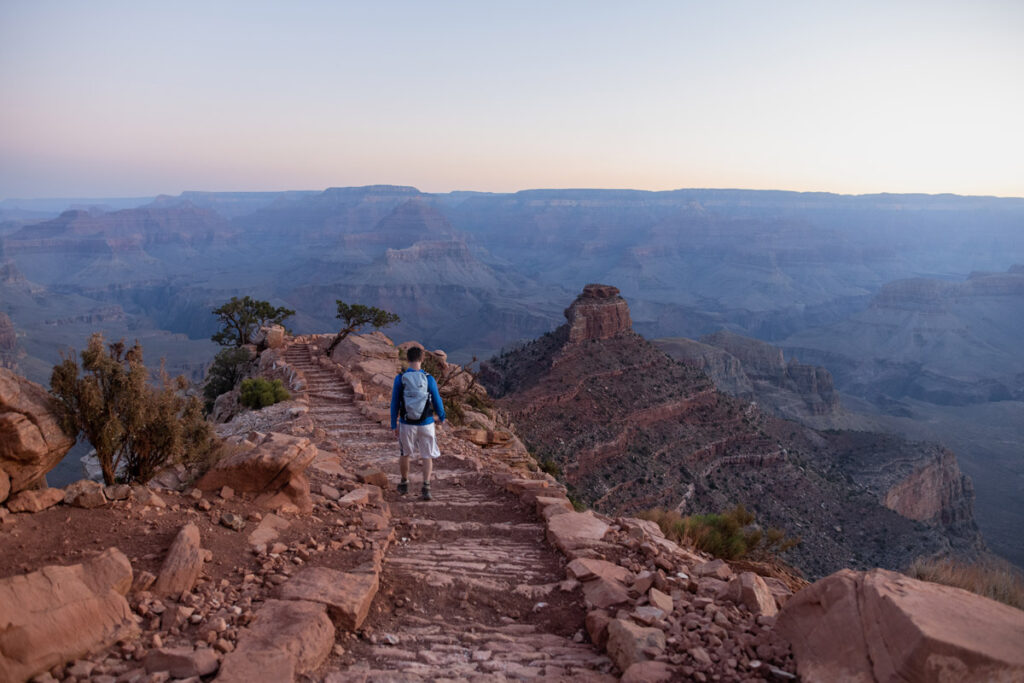
If you liked this post, then we think you would enjoy looking through these as well:
Sustainable Photo Session Practices
Leave No Trace Aware Photographer – What Does That Mean?
